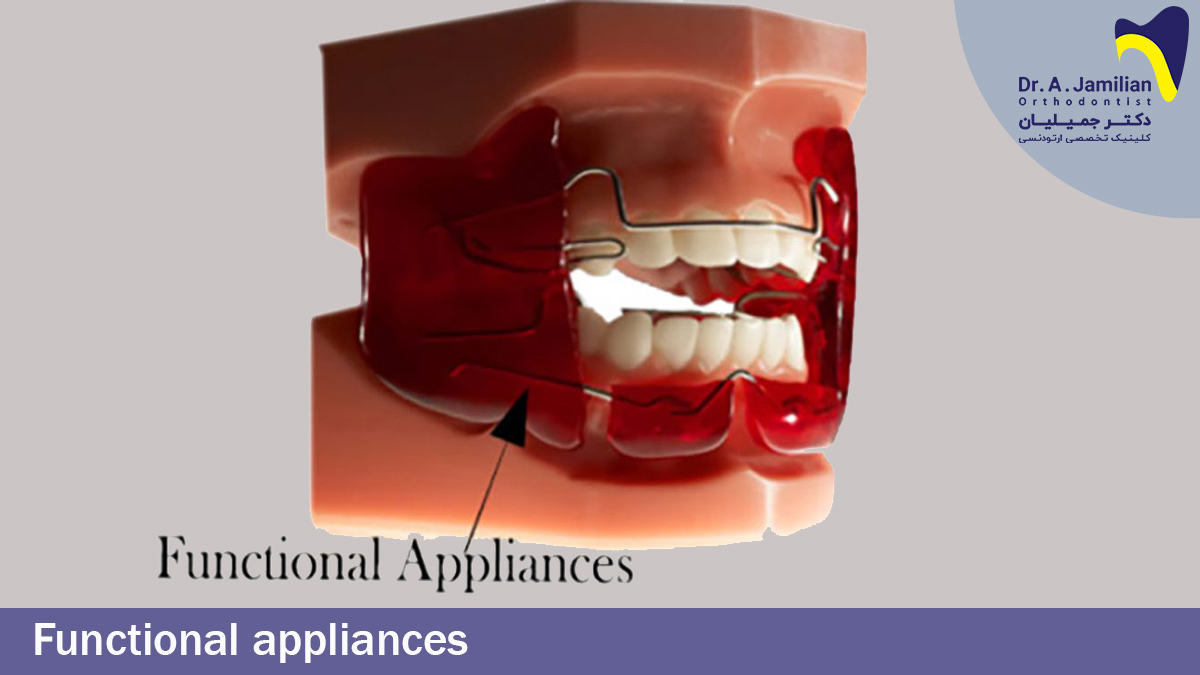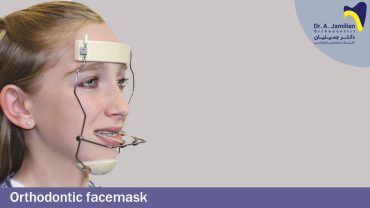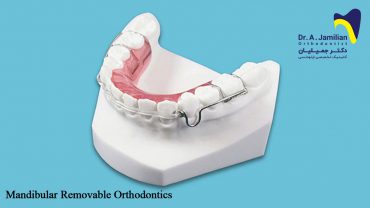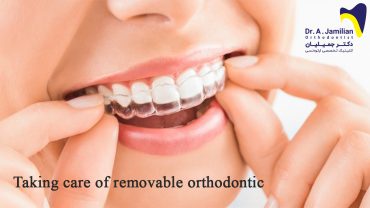Functional orthodontic appliances are a famous method within orthodontics. These include removable orthodontics used for bringing the mandible forward, and treating Class II malocclusion. These appliances change and effect the mandible and maxilla functions to treat class II malocclusion and have two main groups, namely fixed and removable. Fixed appliances are fixed on the teeth and cannot be removed by the patient.

An important advantage of fixed appliances, is eliminating the need for patient cooperation for regularly placement. However, it is difficult to maintain hygiene with fixed appliances, and they require more precision. Patients can remove and replace removable appliances whenever they wish. Observing personal hygiene is easier in removable appliances, but they require more cooperation from the patient to achieve suitable treatment results.
The functional orthodontics appliances are amongst the many different kinds of orthodontics appliances and seek to eliminate the jawbone abnormality in people afflicted by this defect. The present appliances of orthodontics are often used to fix the existing irregularities and misalignment in teeth. Nonetheless, the functional orthodontics appliances not only fix the irregularities of teeth but also eliminate the jaw and mandibular abnormalities in patients.
Functional orthodontics appliances and treating jaw abnormalities
The abnormalities which threaten both the jawbone and mandible are categorized specifically in the following five groups:
- Jaw Abnormality Class I: The upper jaw of the person with this abnormality is in front of the lower jaw.
- Jaw Abnormality Class II: The lower jaw of the person with this abnormality is in front of the upper jaw.
- Deep Bite Abnormality: In this kind of abnormality, the front teeth of the upper jaw cover the front teeth of the lower jaw more than usual which is 2 to 3 mm.
- Open Bite Abnormality: The person suffers from a large gap between the front upper and lower teeth while closing his mouth. This issue prevents teeth from a normal overlap.
- Jaw’s Deviation to the Sides: In these sorts of abnormalities, one of the jaws is deviated to the right side and the other is deviated to the left side. This deviation has a destructive effect on the face.
Functional orthodontics appliances are additionally used to locate/move the upper jaw backwards and the lower jaw forward. They may be helpful in fixing some jaw abnormalities.
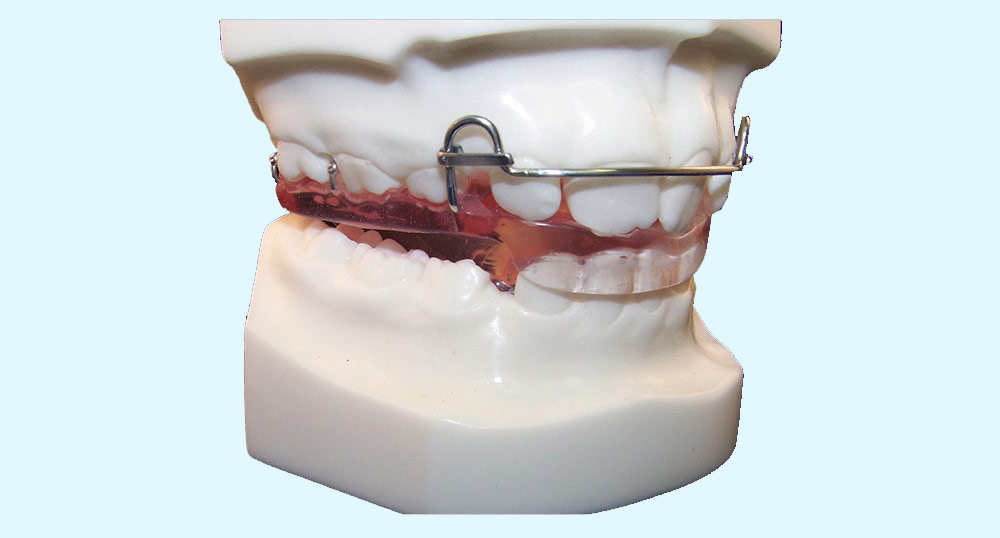
How do functional orthodontics appliances work?
Different kinds of functional orthodontics appliances have been produced and launched into the market in order to treat the jaw’s abnormalities. In general, the function of these appliances is to make changes in the performance of jaw’s muscles. Any of these appliances has been designed in a way so that it can fix a sort of bone abnormality.
The functional orthodontics appliances apply pressure to the lower jaw’s muscles and pave the way for the jaw’s growth and its moving forward. If you carefully look at the profile of the people who have used these appliances for some time, you will notice the effects. The effects of these appliances may even be more noticeable if they are used exactly as planned by the orthodontist without being removed from the mouth for a long time.
Types of Functional Orthodontics Appliances
Functional orthodontics appliances have two general classifications: fixed and removable appliances. The use of which one depends upon the patient’s condition and the orthodontist’s diagnosis. Fixed orthodontics appliances include those devices which are fixed on the arch of the mouth. On the other hand, the removable appliances have a plastic construction and are put in or removed from the mouth by the patients themselves. The removable appliances are used more often. In the following part, we will discuss different types of functional orthodontics appliances:
- MARA: MARA (Mandibular Anterior Repositioning Appliance) is an orthopedic device designed to move the jaw forward in people whose front teeth of the upper jaw are far ahead of the front teeth of their lower jaw.
- Twin Blocks Orthodontics Appliances: Twin blocks orthodontics appliances were first invented by William Clark and expanded by James Watt. This device is used to help improve the lower jaw’s growing procedure and fix the overjet in the teeth of the people afflicted by this defect.
- Herbest: This functional orthodontic appliance is fixed and is used to treat severe overbite which prevents the lower jaw’s growth.
- Bionator: Bionator is a removable device which has been designed to fix the problem of overbite. This device increases the lower jaw’s growth and consequently terminates the problem of overbite.
- Frankel: Frankel is one of the removable orthodontics appliances used to treat the jaw’s abnormalities. This appliance limits the inappropriate muscular forces. Additionally, it stimulates the lower jaw’s growth. This causes an empty space and expands the arch for growing permanent teeth. The function of this appliance is different from such appliances as bionators and activators.
There are several different kinds of Frankel which are listed below:
- Frankel Appliance I: This appliance is used to treat class I and class II of malocclusion.
- Frankel Appliance II: This appliance is used to treat class II, Division 1 and division 2 of malocclusion.
- Frankel Appliance III: This appliance is used to treat class III of malocclusion.
- Frankel Appliance IIII: This appliance is used to treat the patients who suffer from the open bite abnormality.
- Frankel Appliance IIIII: This appliance is used with a headgear in patients whose lower or upper jaw’s angle is problematic.
- Activator: An activator is a device which harmonizes the lower and upper jaws in people afflicted with It is presented in diverse types such as H Activator, V Activator, Kinetor Activator, etc.

Removable Functional Appliances
Going back, some of the most important ones include Frankel, Bionator, Activator, R-appliance, Farmand.
R-appliance Functional Appliance: was first introduced to orthodontics by Dr. Showkatbakhsh. It’s treating advantages have been published in the form of research articles in a number of valid international journals, national and foreign congresses. To read articles related to this appliance, click on the following link.
- Treatment effects of the R-appliance and twin block in Class II division 1 malocclusion. European Journal of Orthodontics
- Treatment effects of R-appliance and Fränkel-2 in Class II division 1 malocclusions. European Journal of Pediatric Dentistry
- Treatment effects of R-appliance and anterior inclined bite plate in class II, division I malocclusion Applied Oral sciences
- R-appliance: a different design in functional therapy in Class II Division I malocclusion. International Journal of Orthod Milwaukee
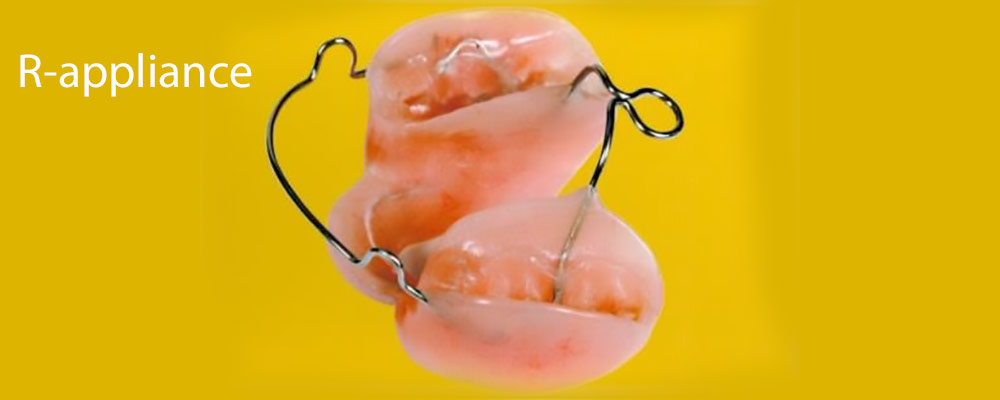
Frequent questions of the orthodontics functional appliances:
1-What are the functional orthodontics appliances?
The functional orthodontics appliances are used as a way to fix the jaw abnormality whose lower jaw is backwards and growing simultaneously. These appliances may be fixed or removable.
2-What is an activator in orthodontics?
An activator is a functional orthodontics appliance which was designed by Andresen and Haupl to correct a receding lower jaw.
3-How shall the functional appliances be cleaned?
You had better clean the functional appliances with a toothbrush and toothpaste because they will clean all the plaques and leftovers on the appliances very well.
